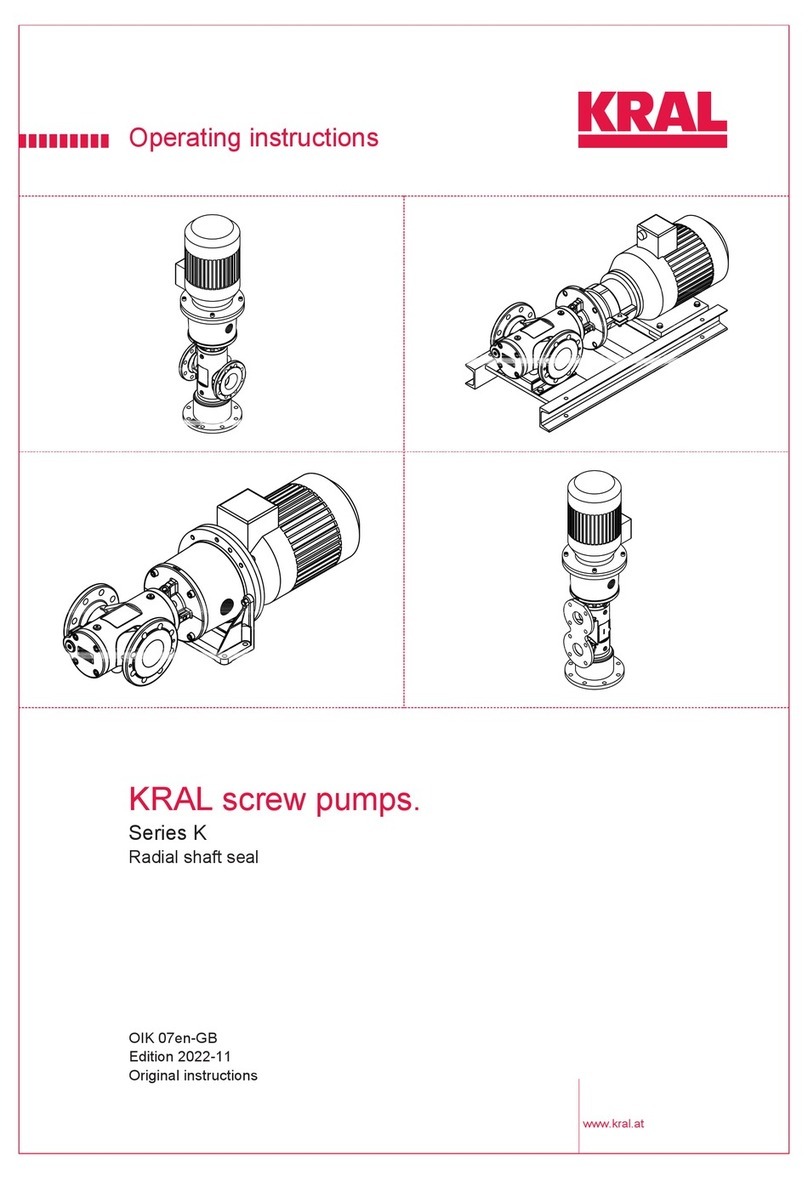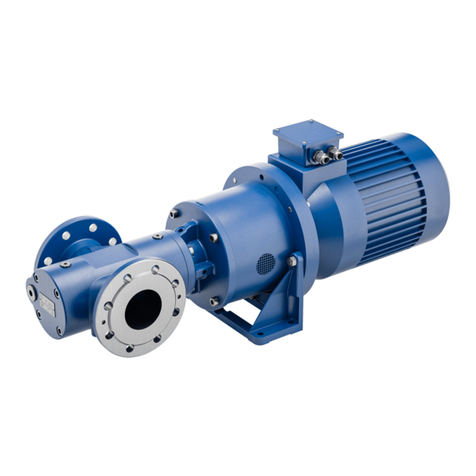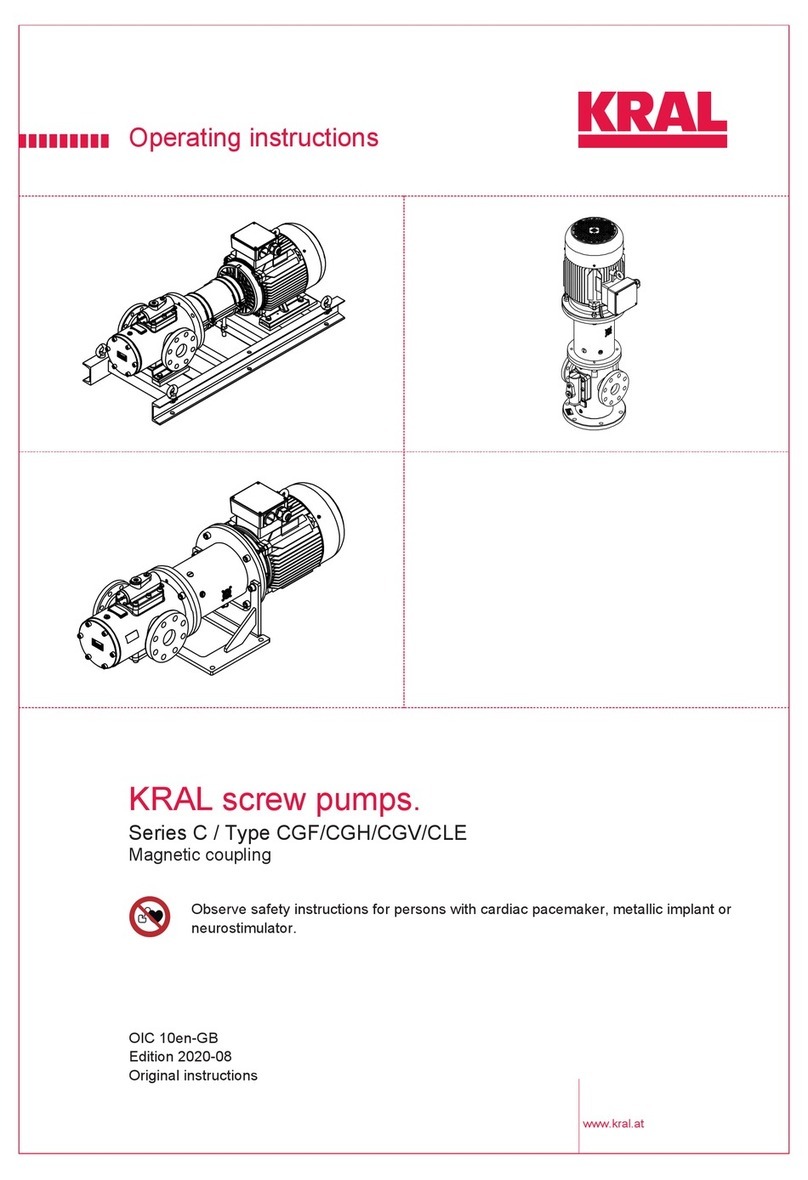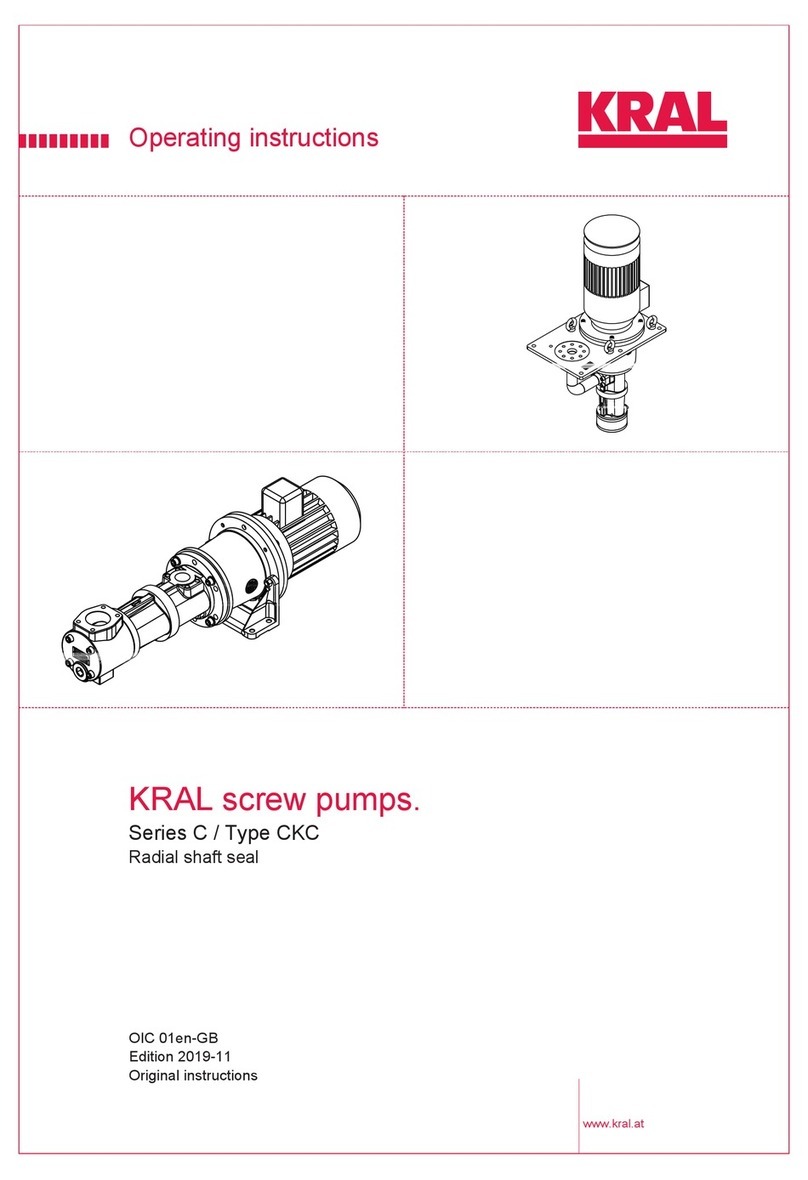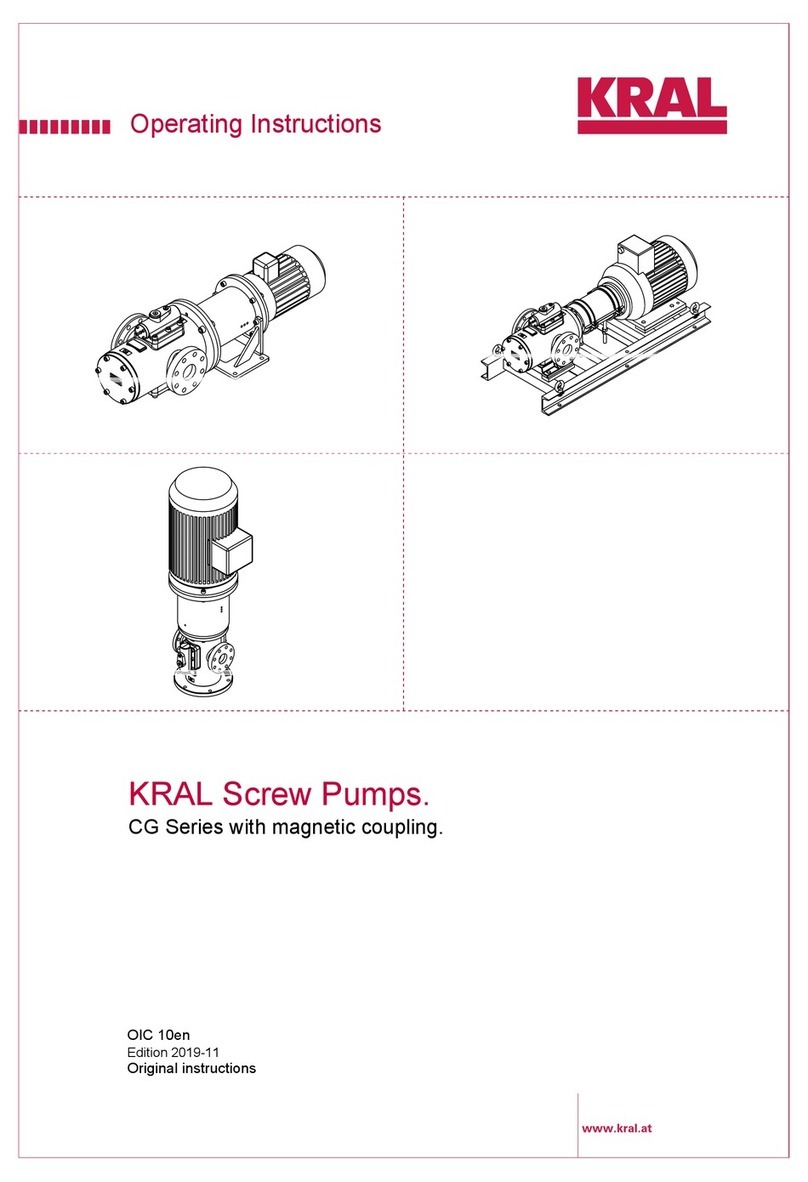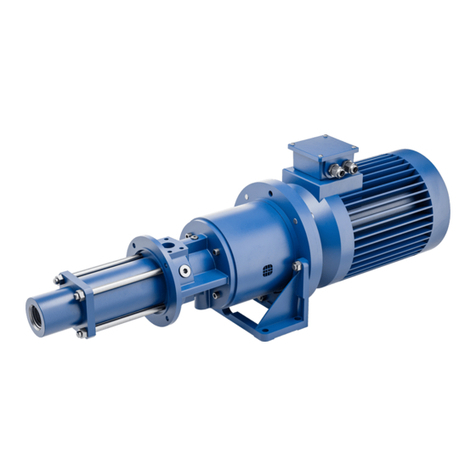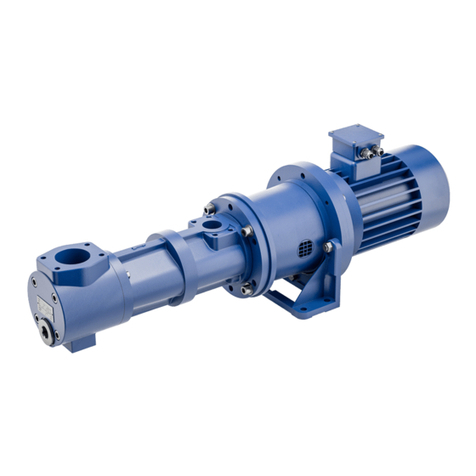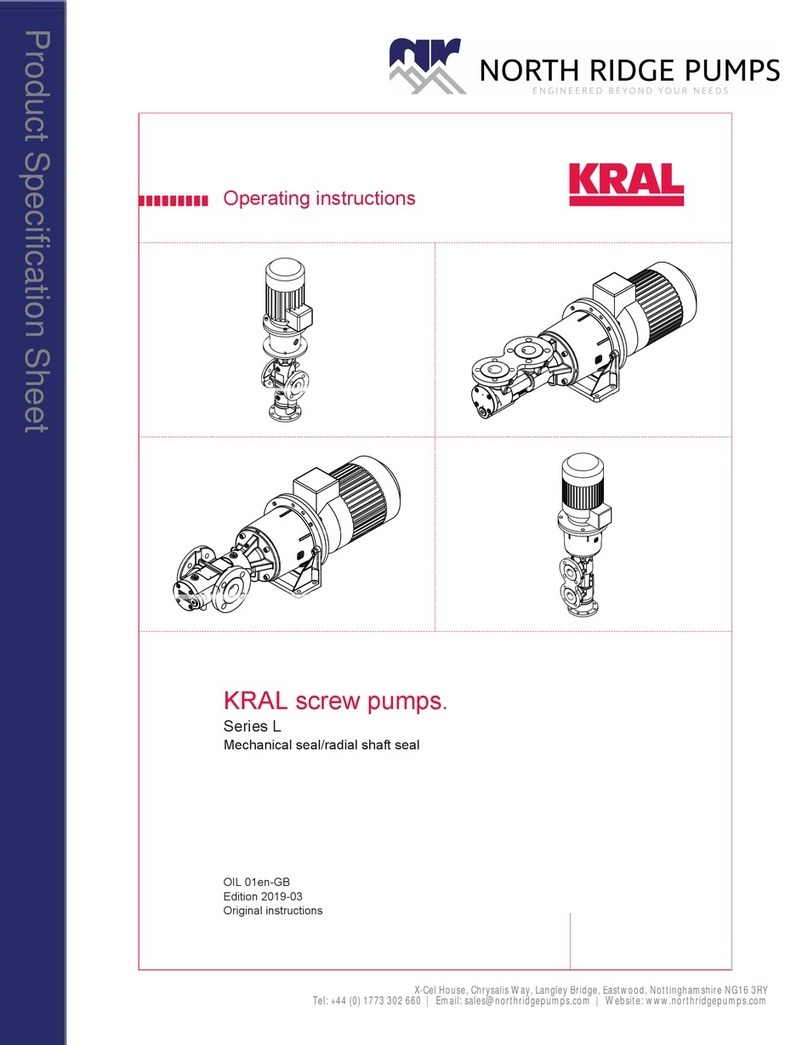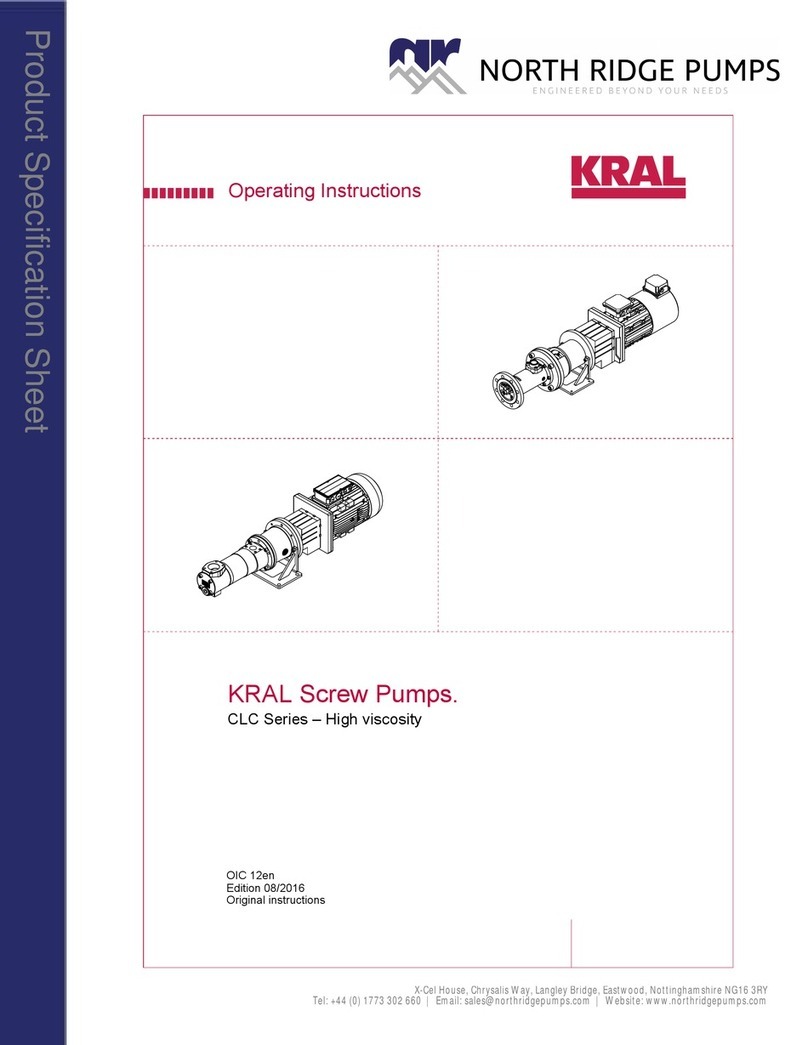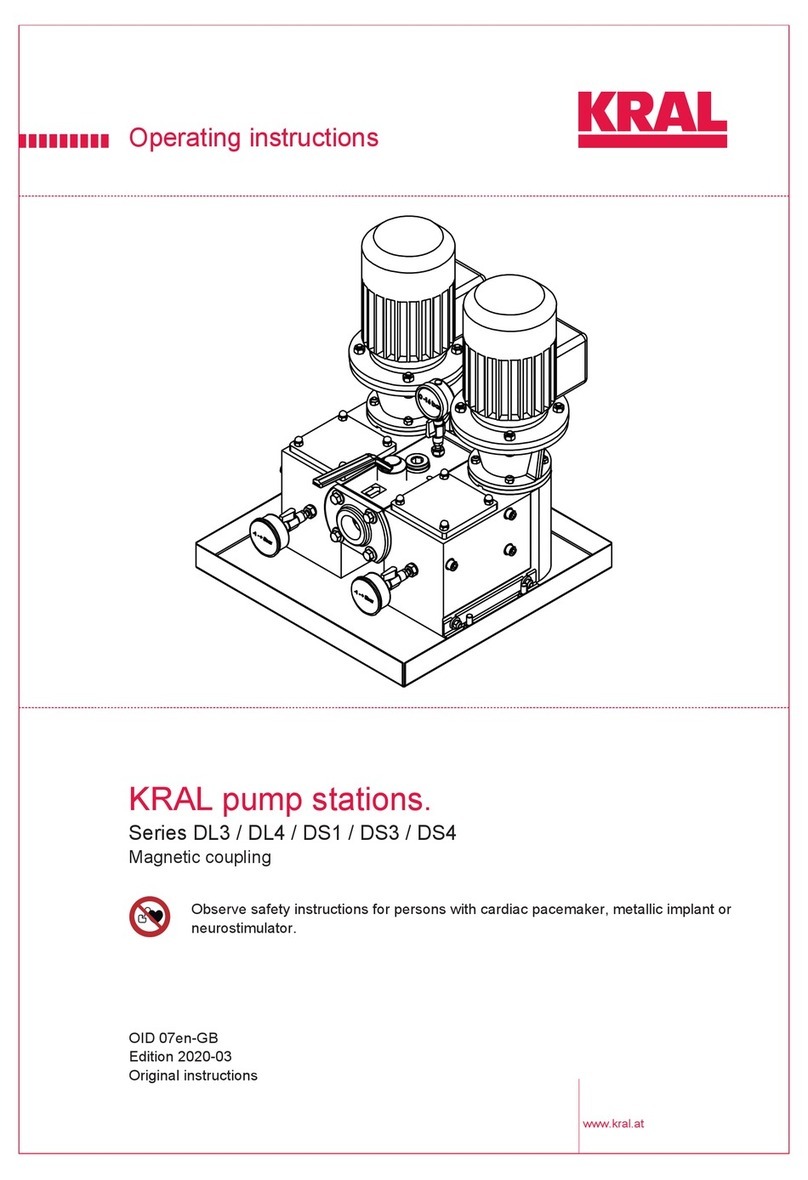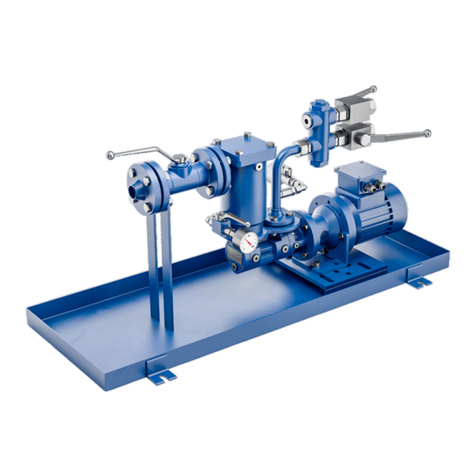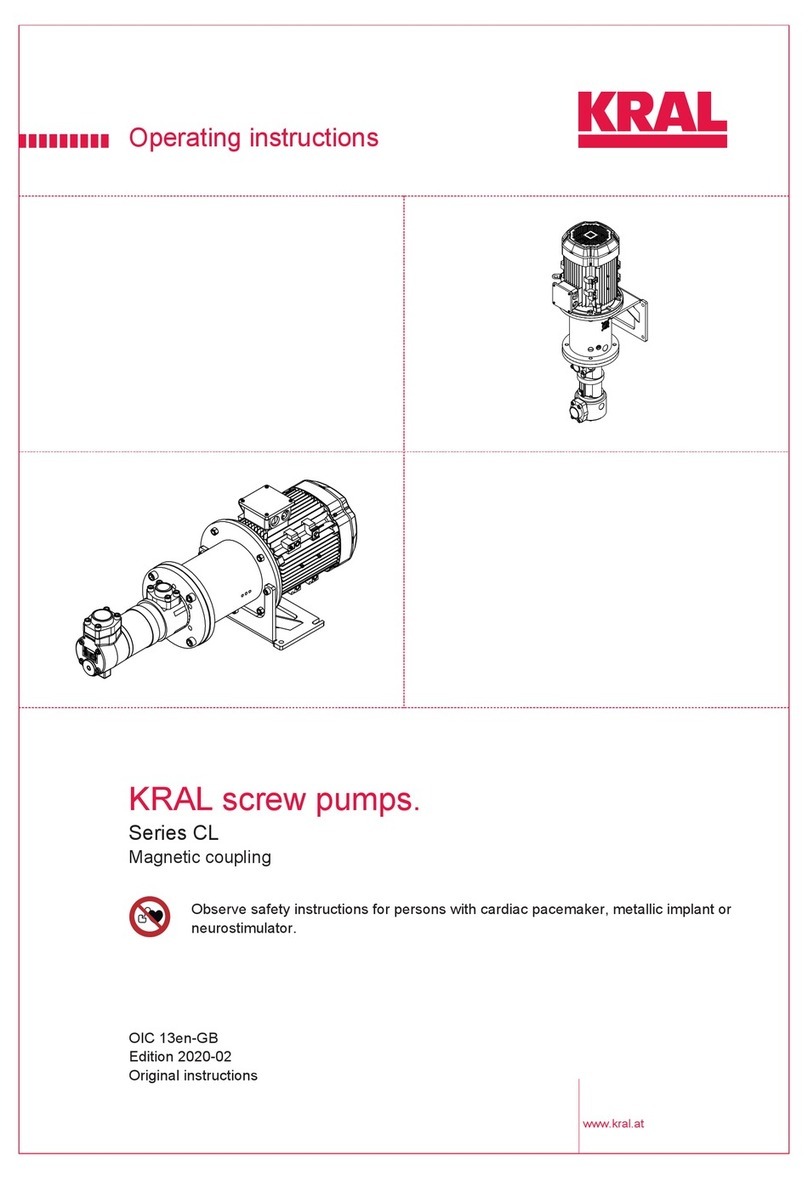
Table of contents
1 About this document ..................................................... 4
1.1 General information .......................................................4
1.2 Associated documents ..................................................4
1.3 Target groups ................................................................4
1.4 Symbols.........................................................................4
1.4.1 Danger levels ....................................................4
1.4.2 Danger signs.....................................................5
1.4.3 Symbols in this document .................................5
1.4.4 Symbols for personal protective equipment......6
2 Safety .............................................................................. 6
2.1 Proper use .....................................................................6
2.2 Foreseeable misuse ......................................................6
2.3 Obligations of the operator-owner .................................6
2.4 Safety instructions .........................................................7
2.4.1 Fundamental safety instructions .......................7
3 Identification................................................................... 7
3.1 Type code......................................................................7
3.2 Rating plate ...................................................................8
4 Technical data ................................................................ 8
4.1 Operating limits..............................................................8
4.2 Filling volume.................................................................8
4.3 Sound pressure level.....................................................8
4.4 Weights..........................................................................9
5 Function description...................................................... 9
5.1 Structure ........................................................................9
5.2 Functional principle........................................................9
5.3 Overflow valve .............................................................10
5.4 Pressure measurement ...............................................10
6 Transportation, storage............................................... 10
6.1 Dangers during transportation .....................................10
6.2 Dangers during storage ...............................................11
6.3 Unpacking and checking the state of delivery .............11
6.4 Transporting the pump station.....................................11
6.5 Storing the pump station..............................................12
7 Preservation ................................................................. 12
7.1 Preservation table........................................................12
7.2 Preserving the inner surfaces......................................12
7.3 Preserving the outer surfaces......................................13
7.4 Removing the preservation..........................................13
8 Installation, removal .................................................... 14
8.1 Dangers during installation ..........................................14
8.2 Dangers during removal ..............................................14
8.3 Mounting the pump station ..........................................14
8.4 Removing the pump station.........................................15
9 Connection ................................................................... 16
9.1 Dangers during connection work .................................16
9.2 Connecting the pump station to the pipe system.........16
9.3 Connecting the pump station to the power supply.......17
10 Operation ...................................................................... 18
10.1 Dangers during operation ............................................18
10.2 Commissioning ............................................................18
10.2.1 Cleaning the pipe system................................18
10.2.2 Filling and venting the pump ...........................18
10.2.3 Checking the direction of rotation ....................19
10.2.4 Commissioning the pump station ....................20
10.3 During operation ..........................................................20
10.3.1 Checking the operating pressure.....................20
10.3.2 Activating the reversing valve..........................22
10.3.3 Adjusting the overflow valve ............................22
10.3.4 Switching off the pump station.........................23
10.4 Decommissioning.........................................................23
10.4.1 Taking the pump station out of operation ........23
10.5 Recommissioning.........................................................24
10.5.1 Recommissioning the pump station.................24
11 Maintenance...................................................................24
11.1 Dangers during maintenance.......................................24
11.2 Required maintenance.................................................24
11.3 Ball bearing (inner bearing)..........................................24
11.4 Maintaining the pump station .......................................25
12 Servicing ........................................................................25
12.1 Dangers during servicing .............................................25
12.2 Wear ............................................................................25
12.2.1 Signs of wear...................................................25
12.2.2 Mechanical seal...............................................25
12.2.3 Radial shaft seal ..............................................25
12.3 Replacing the coupling.................................................26
12.3.1 Removing the coupling ....................................26
12.3.2 Installing the coupling ......................................26
12.4 Replacing the pump (DL2 to240) ................................27
12.5 Replacing the pump (DL2 from320)............................28
12.6 Replacing the mechanical seal ....................................29
12.6.1 Removing the mechanical seal (DL2 from320/
DS1) ................................................................29
12.6.2 Installing the mechanical seal (DL2 from320/
DS1) ...............................................................30
12.7 Replacing the radial shaft seal.....................................31
12.7.1 Removing the radial shaft seal (DL2 to240) ...31
12.7.2 Installing the radial shaft seal (DL2 to240) .....31
12.7.3 Removing the radial shaft seal (DL2 as of320/
DS1) ................................................................32
12.7.4 Installing the radial shaft seal (DL2 as of320/
DS1) ................................................................32
12.8 Replacing seals............................................................33
13 Disposal..........................................................................34
13.1 Dismantling and disposing of the pump station ...........34
14 Troubleshooting ............................................................35
14.1 Possible faults..............................................................35
14.2 Troubleshooting ...........................................................35
15 Accessories ...................................................................37
15.1 Pump station accessories ............................................37
16 Spare parts.....................................................................37
16.1 Overview ......................................................................37
16.2 Maintenance kits ..........................................................38
16.2.1 Maintenance kit sealing kit pump station.........38
16.2.2 Maintenance kit sealing kit pump (DL2 to240)
.........................................................................39
16.2.3 Maintenance kit sealing kit mechanical seal
(DL2 as of320/DS1)........................................39
2OID 05en-GB Edition 2019-11 Operating instructions



















